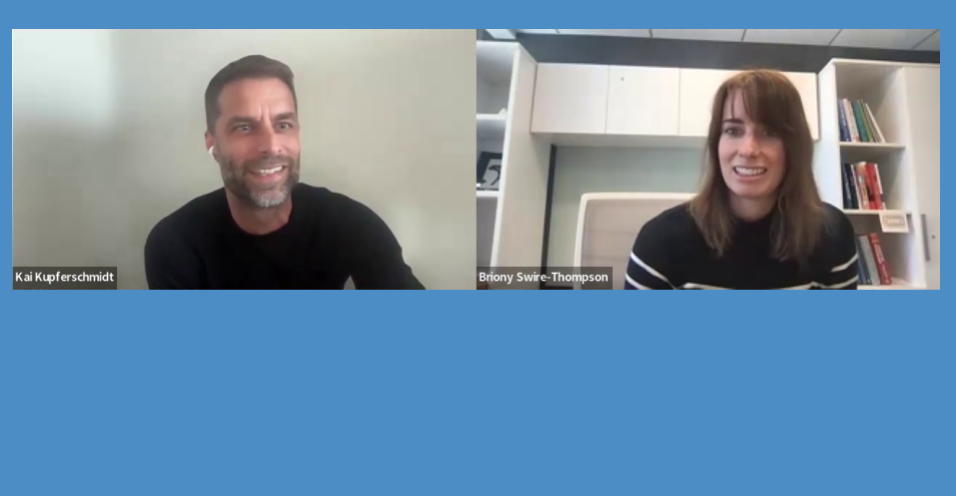
Connector Chat debunks misinformation myths
In a Connector Chat, journalist Kai Kupferschmidt and cognitive psychologist Briony Swire-Thompson shared research and advice to help science journalists cut through the haze of misinformation.
Why do people share false stories? What can journalists and communicators do to debunk scientific misinformation? These topics and much more were covered in a wide-ranging conversation April 17 as CASW hosted its third Connector Chat.
The chat focused on science journalism and communication in the misinformation era and featured journalist Kai Kupferschmidt, a 2023-24 Knight Science Journalism Fellow at MIT and contributing correspondent at Science, and cognitive psychologist Briony Swire-Thompson, assistant professor at Northeastern University and director of the Psychology of Misinformation Lab.
A tip sheet from the session, including resources generated during the chat, is available on the Connector website. A recording is available on CASW’s YouTube channel.
During his Knight fellowship, Kupferschmidt dove deep into misinformation, particularly in his field of infectious disease. “I’ve always had to deal with misinformation,” Kupferschmidt said in the Chat. “But it’s never been as bad, I felt, as it was in the pandemic.… Then mpox came along and, to my mind, that was even worse.”
While misinformation surrounding the pandemic and the 2022-23 mpox outbreak brought the challenge to the fore, the problem of misinformation is not new, Swire-Thompson said.
“I just think everyone has really kind of woken up to the fact that [misinformation] is a problem,” she said. “And I think that’s fantastic—there’s more researchers studying it and [it’s] all hands on deck.”
Swire-Thompson’s research focuses on why people believe misinformation and how they share it. In the Chat, she discussed the backfire effect: the notion that attempting to correct misinformation inadvertently causes people to double down on the original, incorrect information.
“It feels subjectively very true,” she said. But in fact, researchers have had little success in proving that this effect exists or coming up with study designs that can measure it.
That means journalists shouldn’t fear stating false information when trying to correct it.
“Repetition of misinformation is fine,” she said. “It’s, if anything, helpful, because it can really hinder your clarity when you try to avoid the misconception and only say what is true.”
The tip sheet from the session includes links to Swire-Thompson’s research on the backfire effect and defines other terms including “illusory truth”—the phenomenon where an audience’s belief in a piece of information or misinformation increases the more often they’re exposed to it—and “prebunking,” a strategy journalists can employ of sharing correct information in anticipation of readers encountering misinformation.